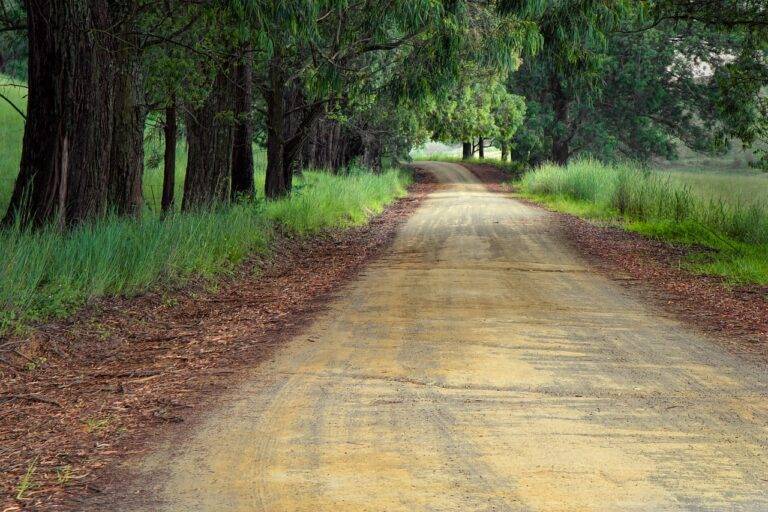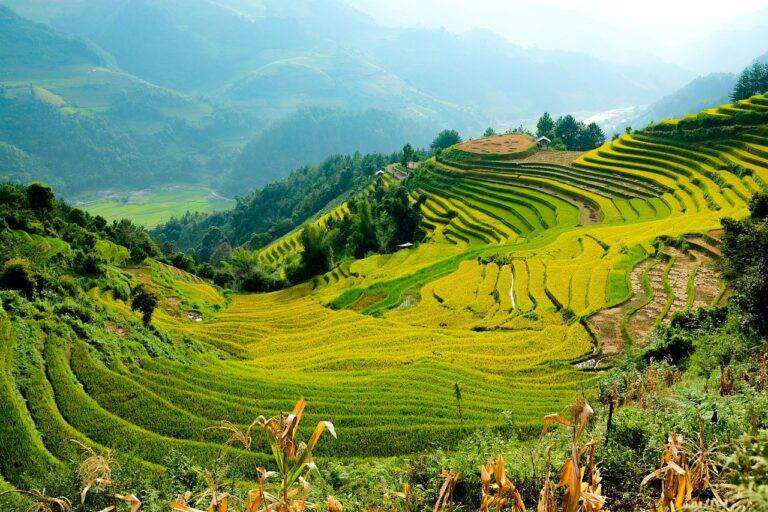Wine and Vineyard Tours: Tasting and Learning in Wine-Producing Regions
Winemaking can be traced back thousands of years, with evidence of ancient civilizations producing and consuming wine as early as 6000 BC. The art of vinification has evolved over time, influenced by various cultures and practices. In ancient Egypt, wine was used in religious ceremonies and believed to have medicinal properties, while the Greeks and Romans developed sophisticated techniques for fermentation and aging.
Throughout history, wine has played a significant role in social, cultural, and religious contexts. Monasteries in medieval Europe became centers of winemaking, preserving and advancing the knowledge of viticulture. The Age of Exploration led to the spread of vine cultivation to the New World, shaping the global wine industry as we know it today. The rich history of winemaking reflects the ingenuity and creativity of humankind in harnessing nature’s bounty to create a beverage cherished for its complexity and diversity.
Exploring Different Varietals and Grape Varieties
When it comes to exploring the vast world of winemaking, the variations in grape varietals play a significant role in determining the flavor profile of the wine produced. Each grape variety brings its unique characteristics to the wine, influencing its aroma, taste, and overall complexity. From bold and robust Cabernet Sauvignon to the delicate and floral notes of Riesling, the diversity of grape varietals offers endless possibilities for wine enthusiasts to discover and savor.
Moreover, the geographical region where the grapes are grown also plays a crucial role in shaping the flavor profile of the wine. The concept of terroir encompasses the combined influence of the soil, climate, topography, and other environmental factors specific to a vineyard. This unique combination of elements imparts distinct qualities to the grapes, resulting in wines that reflect the essence of their terroir. By understanding the impact of grape varietals and terroir on wine production, enthusiasts can deepen their appreciation for the intricate art of winemaking.
• Cabernet Sauvignon: Known for its bold and robust flavor profile
• Riesling: Offers delicate and floral notes, perfect for those who prefer a lighter wine
• Terroir: The combination of soil, climate, and other factors that influence grape growth
• Grape varietals play a crucial role in determining the aroma, taste, and complexity of the wine produced
Understanding the Importance of Terroir in Wine Production
Wine enthusiasts often hear the term “terroir” being mentioned in discussions about wine production. Terroir refers to the specific environment and conditions in which grapes are grown, including the soil, climate, and topography of a vineyard. These factors play a crucial role in shaping the characteristics and quality of the grapes, ultimately influencing the flavor profile of the wine produced.
The concept of terroir highlights the unique relationship between the land and the wine it produces. Different regions around the world have distinct terroirs, resulting in wines that showcase the specific attributes of that area. Winemakers carefully consider the terroir of a vineyard when selecting grape varieties and determining the best practices for cultivation. By understanding and harnessing the influence of terroir, winemakers can create wines that reflect the true essence of a particular place and express its individuality.
What is terroir in the context of wine production?
Terroir refers to the combination of factors such as climate, soil, topography, and other environmental influences that give a wine its unique characteristics.
How does terroir affect the taste of wine?
Terroir plays a key role in shaping the flavor profile of wine. Factors like soil composition, temperature, and sunlight exposure can all influence the ripeness and flavor intensity of grapes.
Why is terroir considered important in wine production?
Terroir is considered important because it helps to create distinctive wines that reflect the specific characteristics of a particular region. It adds complexity and depth to the wine, making it more interesting to wine enthusiasts.
Can terroir vary from one vineyard to another?
Yes, terroir can vary significantly from one vineyard to another, even within the same region. Different microclimates, soil types, and elevation levels all contribute to creating unique terroirs.
How can consumers learn more about terroir when choosing a bottle of wine?
Consumers can learn more about terroir by researching the wine’s origin, including the region and vineyard where the grapes were grown. Tasting different wines from the same region can also help in understanding the impact of terroir on wine.





